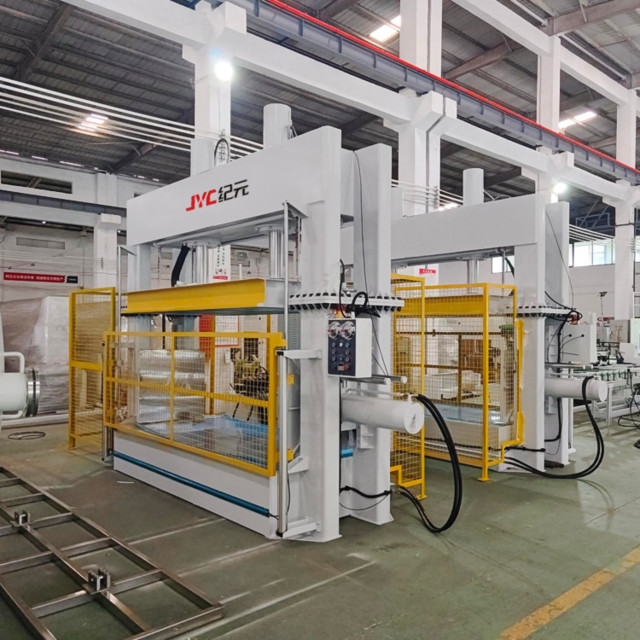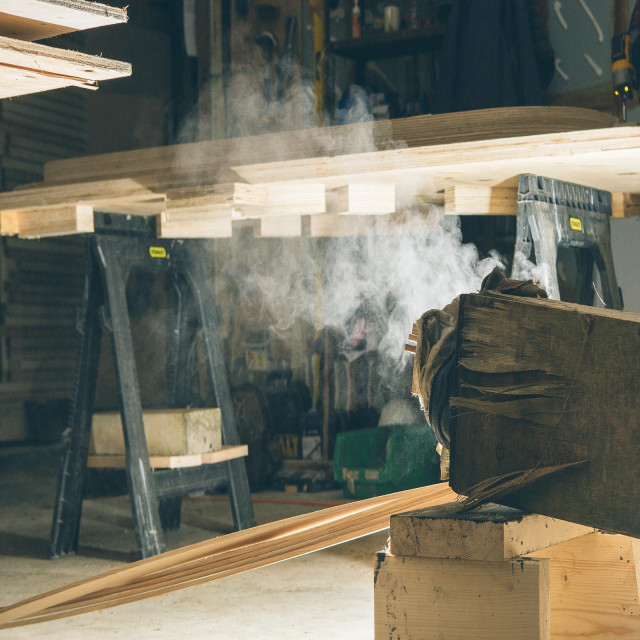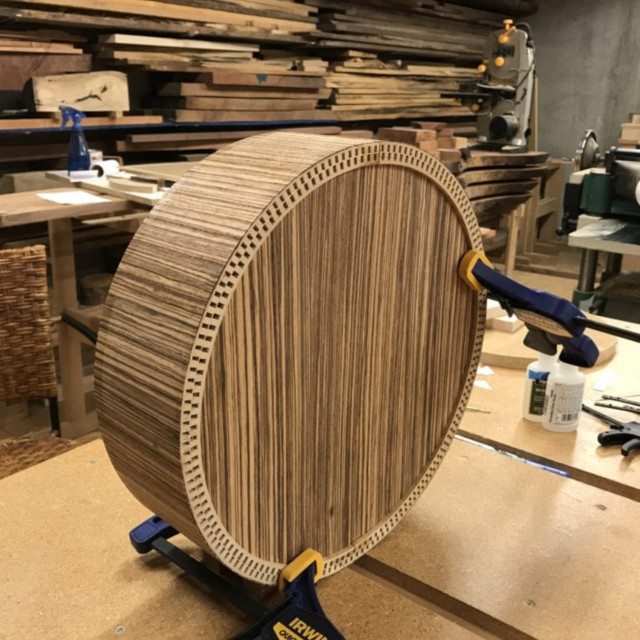
What is the easiest way to bend wood?
2024-01-24 16:38Bending wood is a fundamental technique used in various woodworking applications to create curved or shaped pieces. While there are multiple methods available for bending wood, each technique has its own advantages and disadvantages. In this article, we will compare the radio frequency bending wood press with other wood bending methods, highlighting their respective benefits and drawbacks. Additionally, we will explore the easiest way to bend wood based on simplicity and practicality.
Comparative Analysis of Wood Bending Methods:
1. High Frequency Wood Bending Machine:
Advantages:
Speed and Efficiency: High-frequency bending wood press can quickly and efficiently bend wood due to the localized application of heat. This reduces production time and increases overall efficiency.
Precise and Controlled Bends: The high-frequency press allows for precise control over the bending process, ensuring consistent results with minimal errors or distortions.
Versatility: It can accommodate various wood species and thicknesses, providing flexibility in creating curved or shaped wood pieces for different applications.


Let's know more about JYC High Frequency Wood Bending Machine!
Disadvantages:
Equipment Cost: High-frequency bending wood presses can be expensive, requiring a significant investment for small-scale woodworking operations.
Learning Curve: Operating high-frequency presses requires specialized knowledge and expertise to achieve optimal results. Training may be necessary for inexperienced woodworkers.
2. Steam Bending:
Advantages:
Cost-Effective: Steam bending is a relatively affordable method that requires minimal equipment. Basic tools such as a steam box, clamps, and a heat source are sufficient for the process.
Accessibility: Steam bending can be done using simple DIY setups, making it accessible to hobbyists and small-scale woodworkers.
Natural Material Response: Steam softens the lignin in wood fibers, allowing for more pliable bending while maintaining the wood's strength.
Disadvantages:
Time-Consuming: Steam bending requires longer processing times compared to high-frequency methods. The wood needs to be heated and steamed for an extended period before it becomes flexible enough for bending.
Limited Thickness: Thicker wood pieces may be challenging to bend evenly using steam alone, as achieving uniform heat penetration can be difficult.
Complex Jigging: Steam bending often requires the use of specialized jigs or forms to hold the wood in the desired shape until it cools and sets.

3. Kerf Bending:
Advantages:
Simplicity: Kerf bending involves creating strategic cuts or grooves (kerfs) along the wood's length to facilitate bending. It is a relatively simple and accessible technique.
Cost-Effective: Kerf bending can be accomplished with basic tools such as a table saw or a handheld saw, making it a cost-effective option for small-scale woodworking projects.
Disadvantages:
Limited Bend Radius: The flexibility of kerf bending is dependent on the width and depth of the kerfs, limiting the achievable bend radius.
Structural Integrity: The kerf cuts weaken the wood's structural integrity, potentially compromising its strength and stability.
Skill and Precision: Achieving consistent and accurate kerf cuts requires skill and precision, as any errors can lead to uneven bending or wood failure.

Conclusion:
Wood bending is a versatile technique employed in various woodworking applications. While each method has its advantages and disadvantages, the high frequency bending wood press offers speed, precision, and versatility. It suitable for manufuaring factory. Steam bending is a cost-effective option suitable for hobbyists, while kerf bending provides simplicity and accessibility. Ultimately, the easiest way to bend wood depends on the project's specific needs and the resources available to the woodworker.
